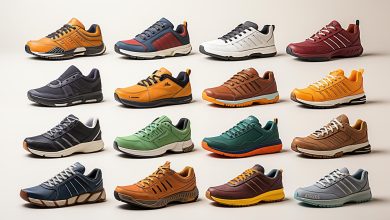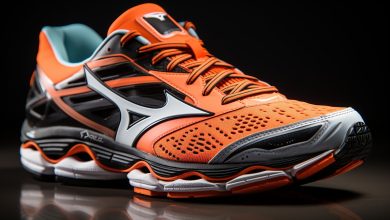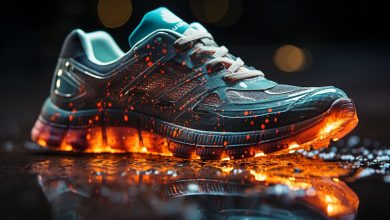The Pros and Cons of Customized and Orthopedic Running Shoes
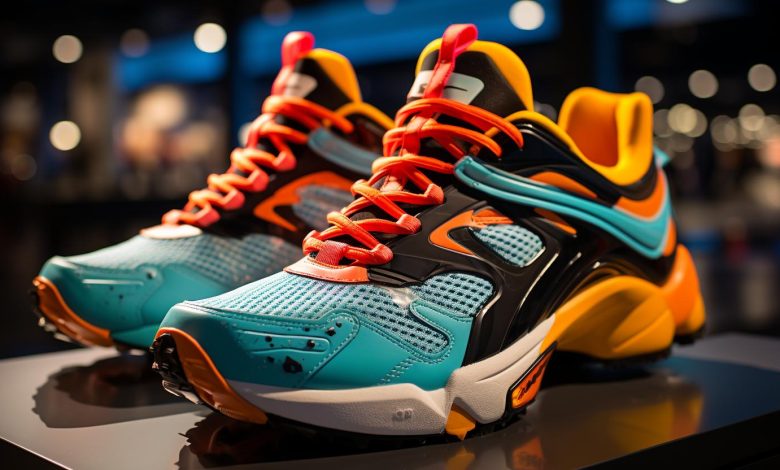
Are you a runner looking for the perfect pair of shoes to support your feet and enhance your performance? Customized and orthopedic running shoes may be just what you need. Imagine a shoe that molds perfectly to the shape of your foot, providing unparalleled comfort and stability.
Picture a shoe designed specifically for your unique biomechanics, reducing the risk of injuries. But before you make a decision, it’s important to understand the pros and cons of these specialized shoes.
Let’s explore the benefits and drawbacks together so you can make an informed choice.
Support and Stability
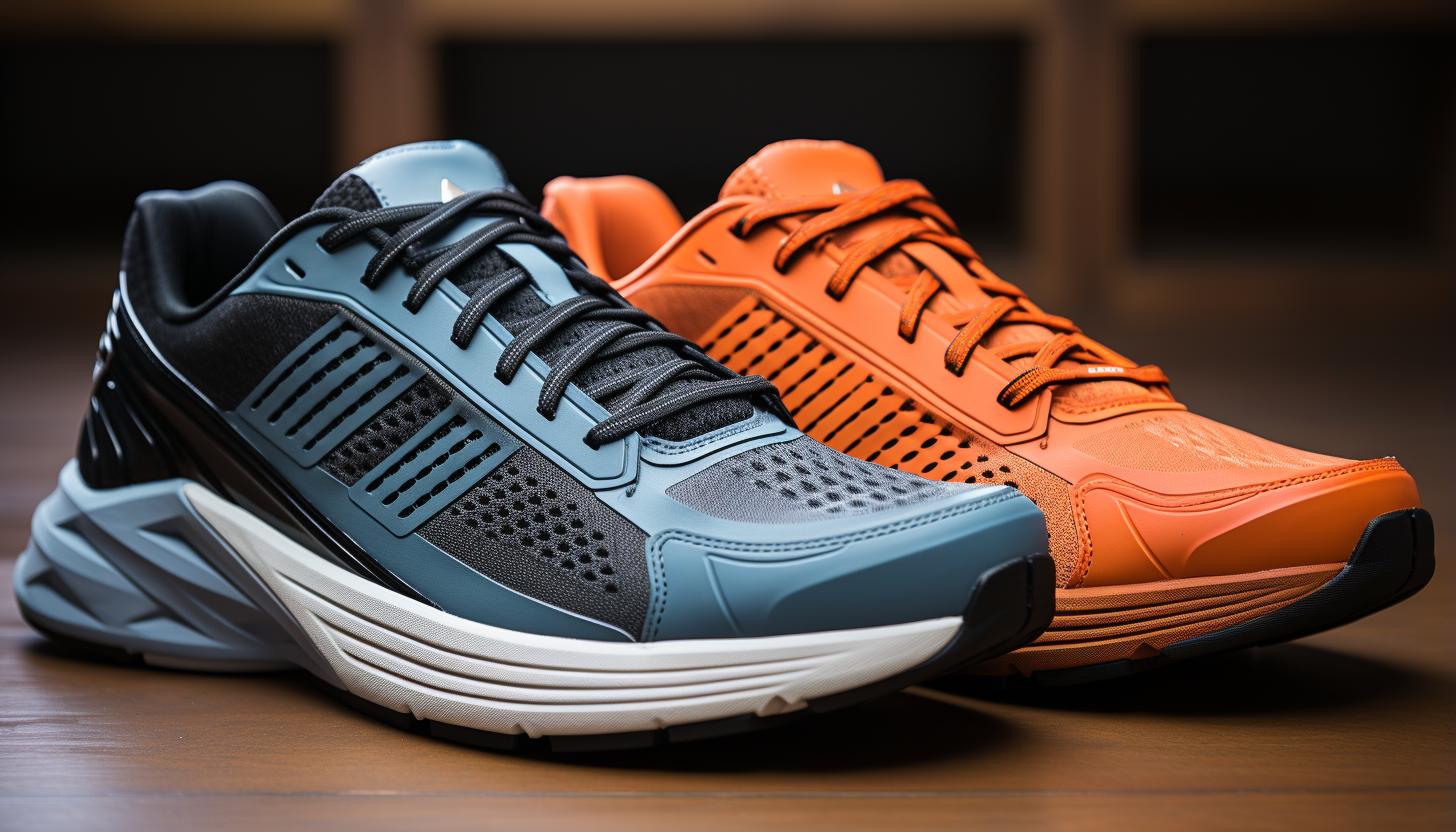
Orthopedic running shoes provide the necessary support and stability for runners with specific foot conditions. These specialized shoes are designed to address common issues such as pronation control and arch support. Pronation refers to the natural inward rolling motion of the foot during running or walking. However, excessive pronation can lead to various lower body injuries, including shin splints and plantar fasciitis. Orthopedic running shoes offer enhanced pronation control by incorporating features like dual-density midsoles and medial posts that help stabilize the foot during each stride.
In addition to pronation control, orthopedic running shoes also prioritize arch support. The arch of the foot acts as a shock absorber while running, but individuals with high or low arches may experience discomfort or instability while wearing regular running shoes. Orthopedic options provide different levels of arch support through features like cushioned insoles, molded footbeds, and rigid shanks that promote proper alignment and reduce stress on the feet.
Transitioning into the subsequent section about ‘fit and comfort,’ it is important to note that while orthopedic running shoes excel in providing support and stability, they also prioritize fit and comfort for an overall satisfying experience.
Fit and Comfort
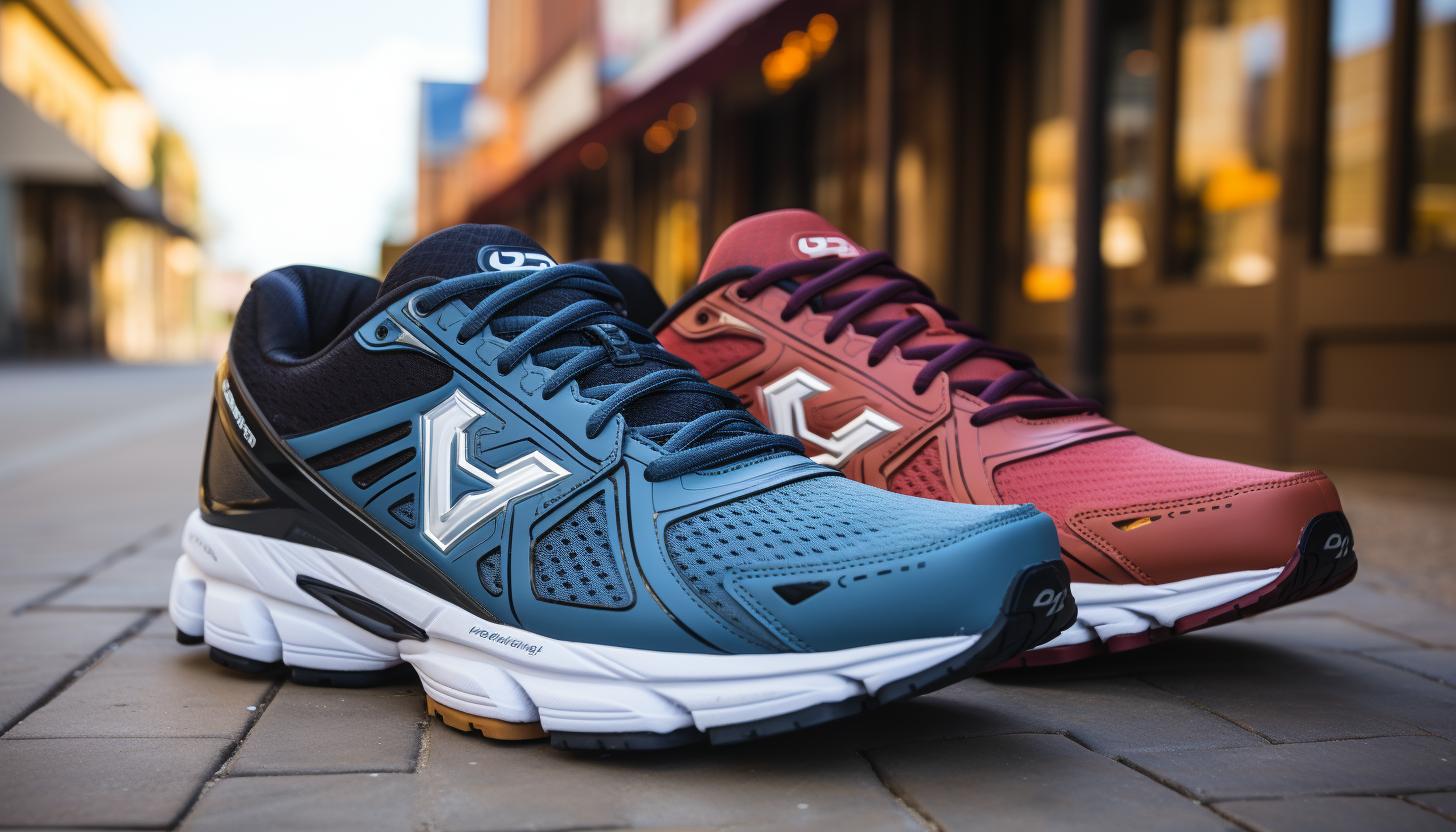
Finding the right fit and ensuring comfort are essential when choosing running shoes. Your running shoes should provide support, cushioning, and flexibility to help you perform at your best. Here are four important aspects to consider:
1. Shoe materials: Look for shoes made of breathable and lightweight materials, such as mesh or synthetic fabrics. These materials allow air to circulate, keeping your feet cool and preventing excessive sweating.
2. Shoe sizing: Proper shoe sizing is crucial for a comfortable fit. Make sure to measure both feet as they can differ in size. When trying on shoes, leave about a thumb’s width of space between your longest toe and the end of the shoe. This allows room for natural foot expansion during exercise.
3. Cushioning: Good cushioning absorbs impact and reduces stress on your joints while running. Choose shoes with adequate padding in the heel and forefoot areas. Different brands may offer various types of cushioning technologies, so try different options to find what feels best for you.
4. Flexibility: The right amount of flexibility in your running shoes promotes natural movement and prevents discomfort or injuries. Test the shoe’s flexibility by bending it with your hands or by performing a few squats in them before buying.
Injury Prevention
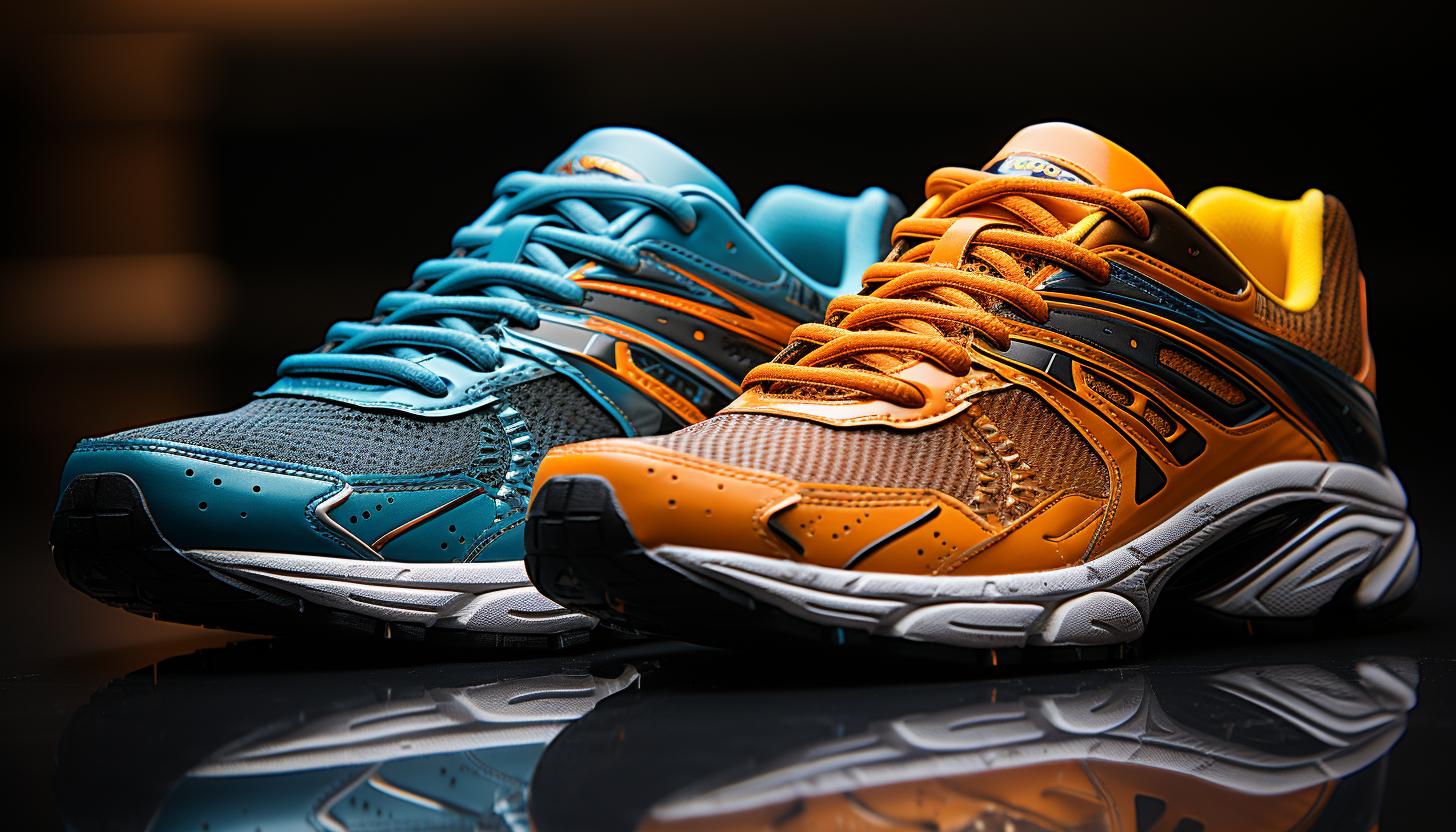
To prevent injuries while running, it’s important to prioritize proper warm-up and stretching routines before starting your workout. However, another crucial aspect of injury prevention is wearing the right shoes.
When it comes to running shoes, biomechanical analysis and impact absorption are key factors to consider. Biomechanical analysis involves studying how your body moves during running and identifying any issues or imbalances that may increase your risk of injury. By analyzing your gait, foot strike pattern, and pronation (how your foot rolls inward upon landing), experts can recommend the most suitable shoe for you. This customized approach ensures that the shoe provides optimal support and stability based on your unique needs.
Impact absorption refers to a shoe’s ability to absorb shock when your feet hit the ground. Running generates significant force with each step, placing stress on your joints, muscles, and bones. A good pair of running shoes should have adequate cushioning in the midsole to minimize this impact and reduce the risk of overuse injuries such as stress fractures or shin splints.
Remember that every runner is different, so what works for someone else may not work for you. It’s always a good idea to consult with a professional who can conduct a biomechanical analysis and recommend appropriate shoes based on their findings.
Prioritizing both biomechanical analysis and impact absorption will help you stay injury-free while enjoying your runs.
Cost and Affordability
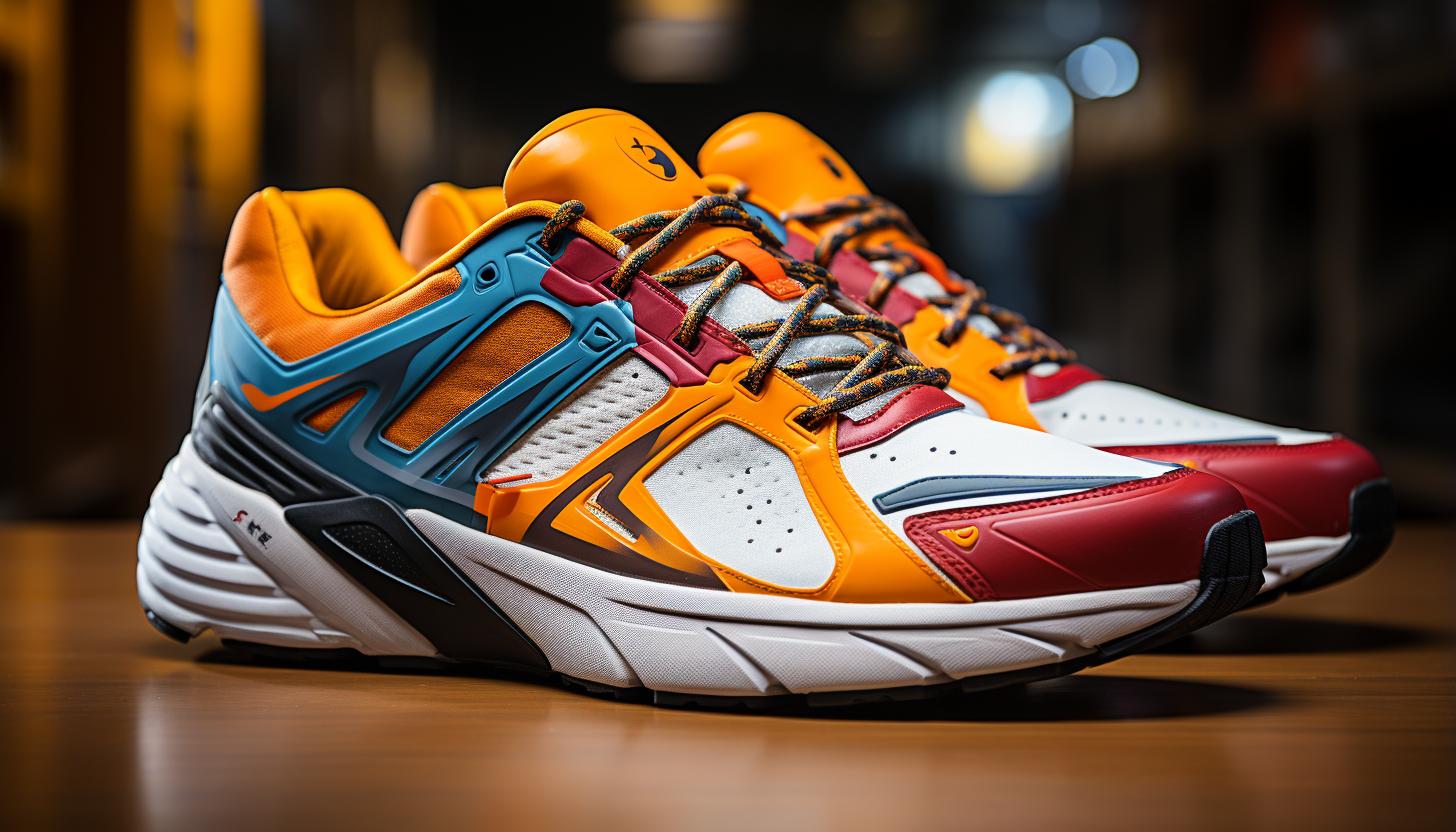
Running shoes can vary widely in price, but it’s important to find a pair that fits within your budget without compromising on quality or support. When considering the cost effectiveness of running shoes, keep in mind that investing in a high-quality pair can save you money in the long run. Here are some reasons why:
1. Injury prevention: High-quality running shoes provide proper cushioning and support, reducing the risk of injuries such as shin splints or plantar fasciitis.
2. Durability: Cheaper shoes may wear out quickly, requiring more frequent replacements. Investing in a durable pair can save you money by lasting longer.
3. Performance enhancement: Well-designed running shoes can improve your performance by providing stability and optimal foot positioning.
4. Comfort: Running is much more enjoyable with comfortable shoes that fit well and offer adequate arch support.
Remember, choosing cost-effective running shoes doesn’t mean sacrificing quality or support. By making a smart investment now, you can avoid future expenses caused by cheaply-made footwear.
With this understanding of cost effectiveness and long term investment when it comes to running shoes, let’s explore the personalized and customization options available to further enhance your running experience.
Personalization and Customization Options
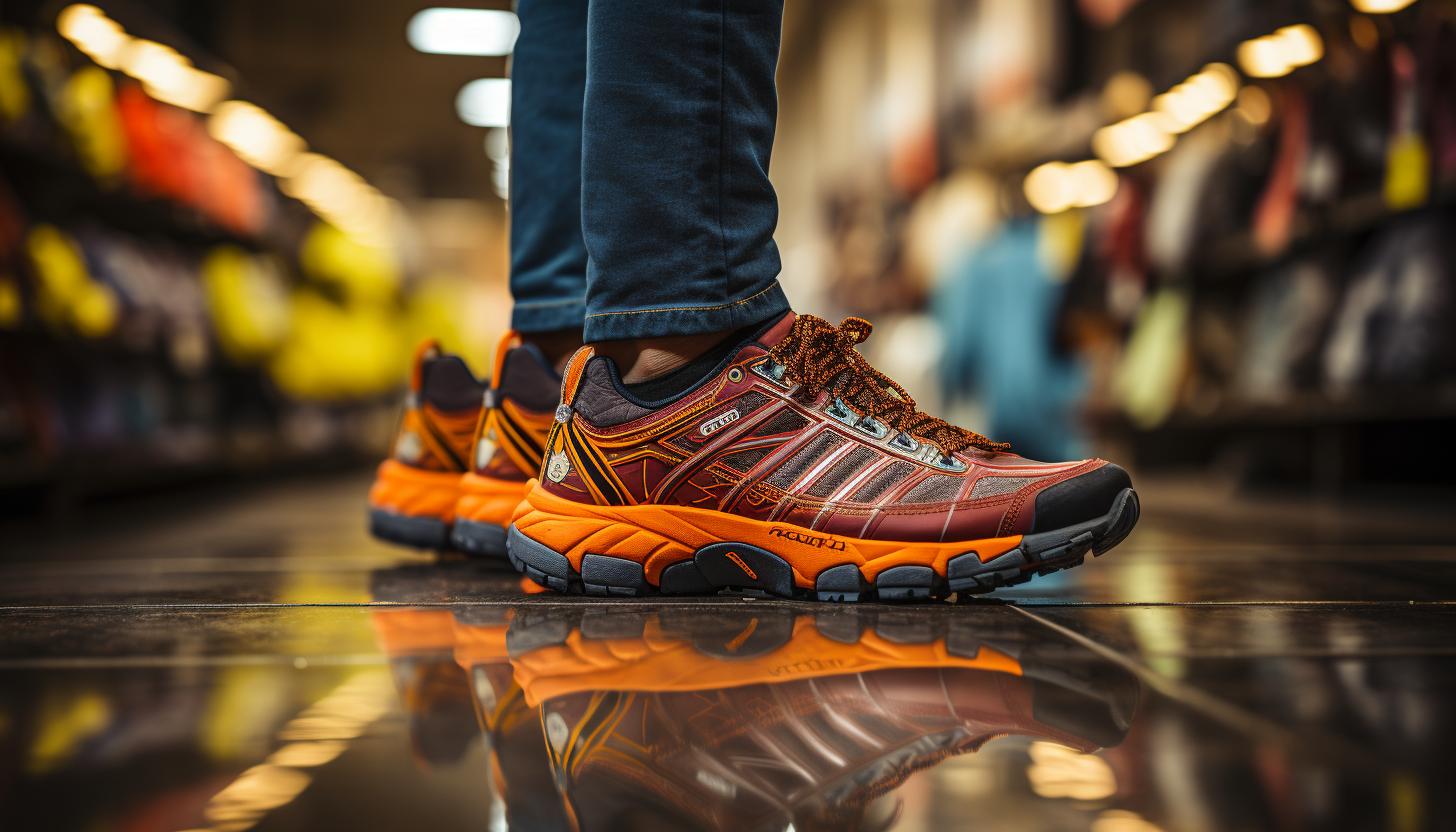
When it comes to personalized and customized options, there are various ways to enhance your running experience. One of the main benefits of customization is achieving a personalized fit. Whether you have wide feet, high arches, or pronation issues, customized running shoes can address these specific needs. By providing a personalized fit, these shoes can help improve comfort and reduce the risk of injuries.
Customization benefits extend beyond fit alone. Some brands offer customizable features such as removable insoles or interchangeable inserts that allow you to adjust cushioning levels and support based on your preferences or changing needs. This level of personalization allows you to fine-tune your footwear for optimal performance and comfort.
Furthermore, customization options also cater to individual style preferences. With various color schemes, patterns, and design choices available, you can express yourself through your running shoes while still enjoying the benefits of a custom fit.
Remember that customized running shoes may come at a higher price point compared to mass-produced options. However, investing in personalized footwear can be worth it if you prioritize comfort, injury prevention, and overall performance enhancement during your runs.
Conclusion
In conclusion, whether you choose customized or orthopedic running shoes, it ultimately depends on your specific needs and preferences. Both options offer their own set of pros and cons. What matters most is finding a shoe that provides the support, stability, fit, and comfort you require to prevent injuries while running.
Remember, as the saying goes, “the right shoe can take you places.” So invest wisely in your footwear and enjoy the journey towards achieving your fitness goals.

